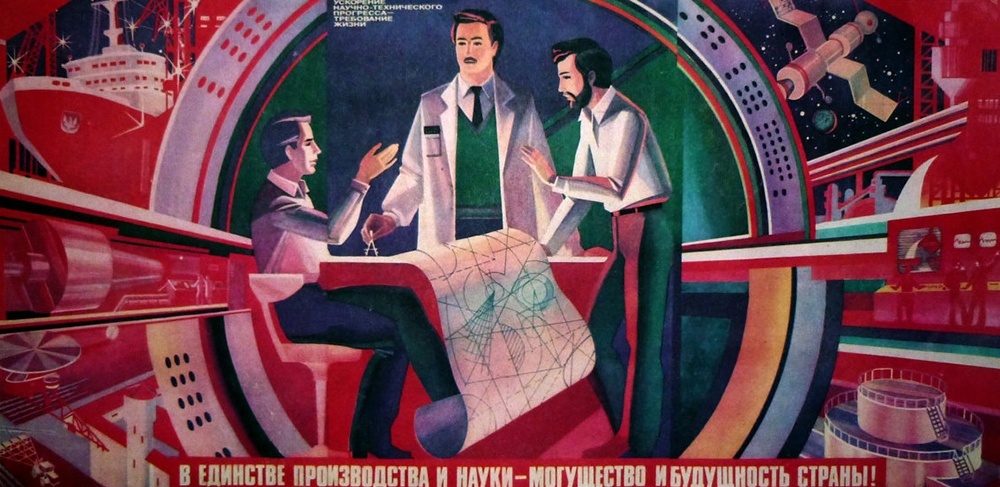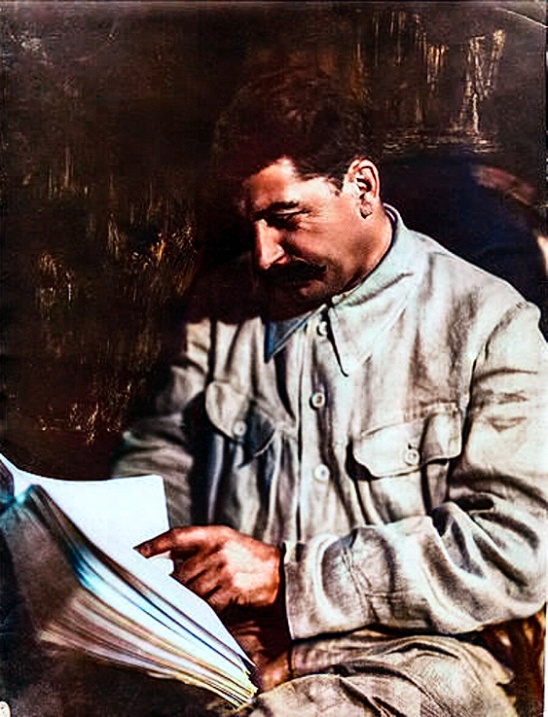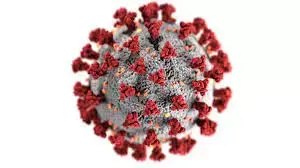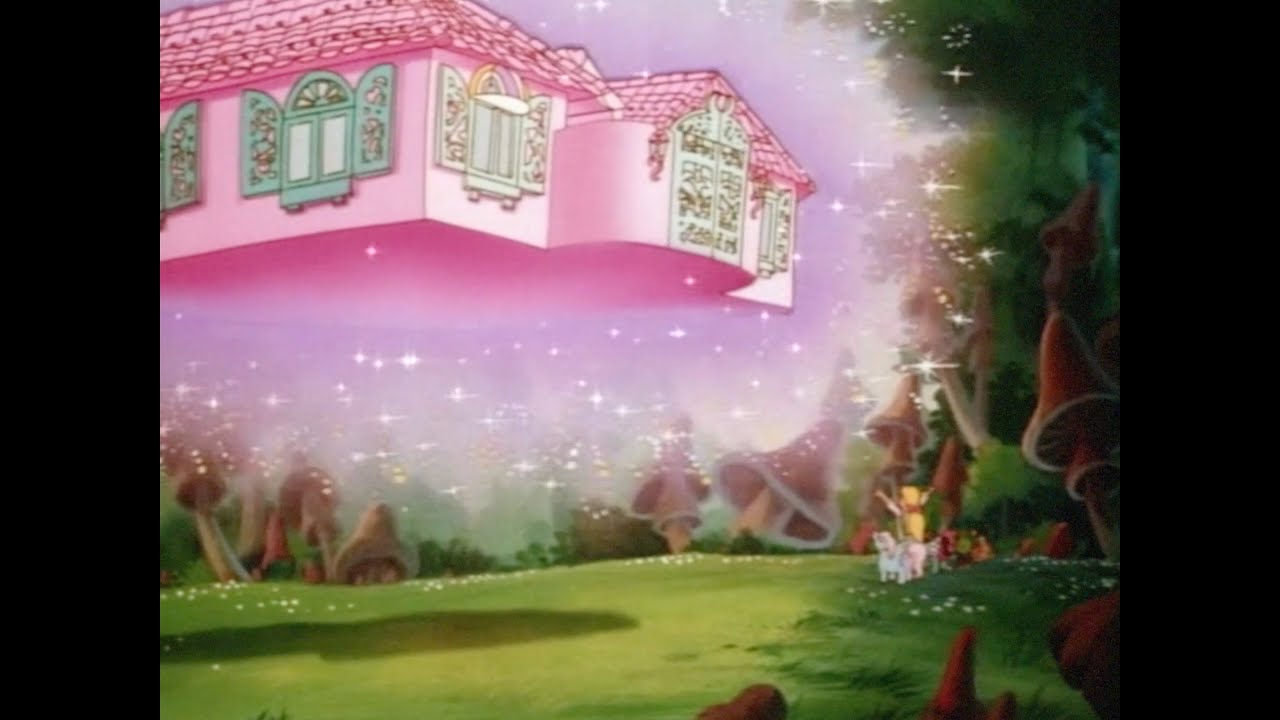

How did you see the full text?
If you look at the source of the page (either F12 to bring up Developer tools or right-click -> “View page source”), you’ll see that there’s this script tag with the id __NEXT_DATA__ that has a big ol’ hunk of JSON data in it, which (among other things) contains the entire article split up into discrete chunks with different types. I didn’t bother to look at the page’s actual JavaScript code, but I assume it’s assembling the DOM dynamically from said JSON and when you’re not authorized to view the full article it simply stops after some arbitrary point instead of finishing the job.
I wrote a crappy little scraper that parses the JSON to pull out the text and link chunks for the article, stick 'em together, and spits out some Markdown ready to paste into Lemmy. It doesn’t handle all of the possible chunk types (e.g. embeds (which I should do) and ads (lol)), and sometimes it’ll throw errors (which I usually ignore), but it gets the job done okay most of the time.


















This is the most seasonal anime I’ve been watching in ages.
There’s No Freaking Way I’ll be Your Lover! Unless… (a.k.a. WataNare) - oh hell yeah, you know I’m eating up that yuri goodness. It’s not high art, but it’s very fun and one of the shows that I look forward to the most each week.
Bad Girl - more girlfail yuri. Yes please.
The Summer Hikaru Died (Hikaru ga Shinda Natsu) - Compelling BL horror show set in the Japanese countryside. I won’t say more, since I don’t want to spoil anything, but if that sounds remotely interesting you should definitely check it out.
The Fragrant Flower Blooms with Dignity (Kaoru Hana wa Rin to Saku) - Very cute romance which dispenses with a lot of the things I dislike about romance anime. Both of the lead characters are precious cinnamon rolls. What’s not to love?
Ruri Rocks (Ruri no Houseki) - This one is the sleeper hit of the season for me. I hadn’t heard any hype about it, but when I was scrolling through the anime schedule it caught my eye, and I’m glad that it did. The show features a mineralogy grad student introducing the main character to the world of geology and pulling her down the rabbit hole. It’s gorgeously animated, and the author’s love for the subject is really shines through (from what I’ve read, the author studied mineralogy in university and taught high school science). Watching the show will actually teach you some basic mineralogy, which I’ve found fascinating, and seeing Ruri’s pure-hearted joy in learning about the world around her really makes me want to dive deeper into my own passions.[1]
See You Tomorrow at the Food Court (Food Court de, Mata Ashita.) - Not much to say about this one, tbh. Entirely dialogue-driven show with a nice dynamic between the two main characters, but I wouldn’t say it’s a standout. It’s also only 6 episodes, though, so not a major commitment.
My Dress-Up Darling (Sono Bisque Doll wa Koi wo Suru) Season 2 - My hetslop guilty pleasure show. Yes, there’s a lot of fanservice, but the main characters are both really charming and I enjoy learning about the craft of cosplay. Plus, you can tell that there’s so much love being poured into this production, and all those extra touches elevate this adaptation beyond the source material.
Turkey! - Is it a great show? No. But it’s not terrible, and the premise is so silly that (so far) I’m still compelled to keep watching it.
I ended up dropping With You and the Rain (Ame to Kimi to). It’s a cute show, but there’s such little substance to it that I just didn’t feel motivated to keep watching it after the first few episodes.
I’m also sort of paused on CITY THE ANIMATION. It’s incredible for what it is (wacky non-sequitur comedy supported by gorgeous over-the-top KyoAni sakuga), but I think I tend to bounce off of pure comedy shows. There are exceptions (Asobi Asobase comes to mind), but a similar thing happened with Shikanoko Nokonoko Koshitantan where I gradually fell off about halfway through even though I was enjoying it well enough. It’s just hard to sustain my interest over an entire season without that emotional throughline.
As for non-seasonal shows:
Diary of Our Days at the Breakwater (Houkago Teibou Nisshi) - was put onto this one by our very own Erika and I’m quite enjoying it! I’m a sucker for CGDCT focused on a niche hobby, and it’s nice to learn about fishing without any actual fishies being harmed.[2]
Uma Musume: Pretty Derby Season 2 - I watched the first season when it aired as well as a few eps of this season, but I dropped it back then for whatever reason. All of the recent excitement about the world release for the game piqued my interest, and I’m glad I returned to this because it’s a lot of fun. What’s not to like about hype horsegirl races and top-tier idol music?
K-On! - I’ve been participating in the watchalong on Blorptube and goddamn, I forgot how good this show was. Of course it’s legendary, and I rated it 10/10 when I first watched it, but I’m sure everyone’s had the experience of going back and watching an old favorite only to realize it didn’t hold up. K-On! is the opposite of that for me—I appreciate it even more now since it’s spawned so many copycats and yet still stands as one of the greatest works in its genre. Doesn’t hurt that the music absolutely slaps.
I should mention that there is a fair bit of Anime Bullshit™ in terms of character designs and some lingering camera shots, which become apparent even in the first episode. It hasn’t detracted from the show for me, especially since it really is just the camera and not any gratuitous scenarios, at least thus far, but it’s enough that it would definitely raise some eyebrows in a general audience. ↩︎
…yeah, I know the production team almost certainly went on some fishing trips for research purposes… ↩︎